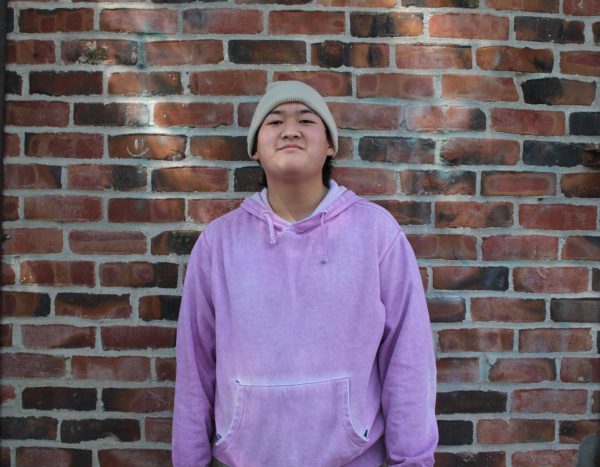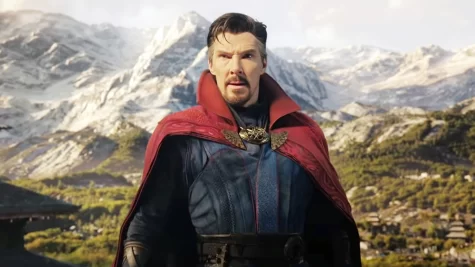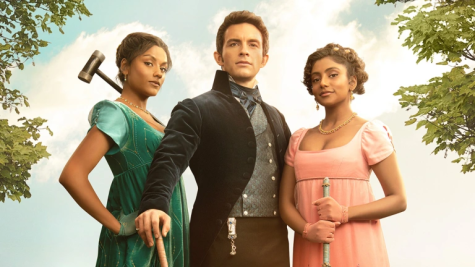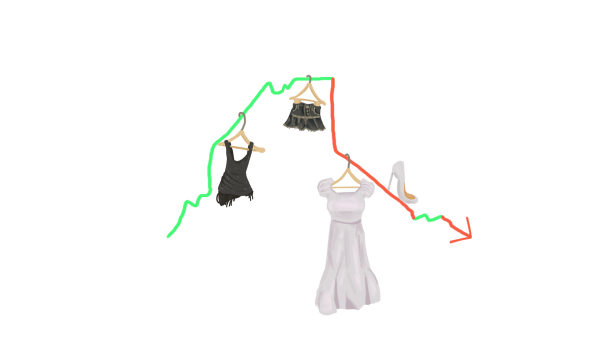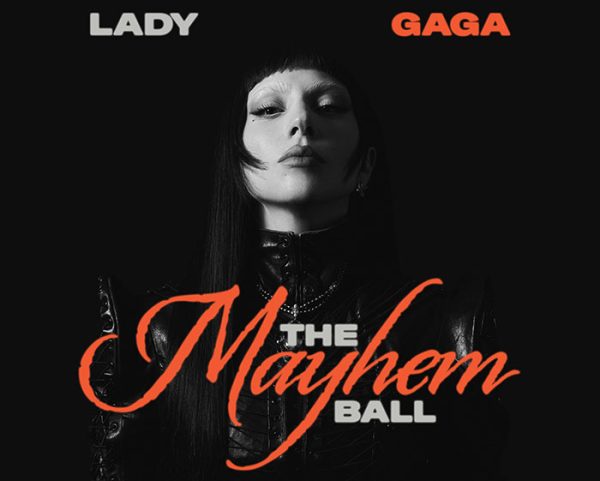Candyman review
Say his name. Well, not for a while at least. Originally set to premiere in September of last year, “Candyman” was finally released on Aug. 27, 2021. A direct sequel of the 1992 film of the same name, the movie follows Anthony McCoy (Yahya Abdul-Mateen II) as he descends into the infamous urban legend of Candyman once again. Anthony is an artist living in Chicago with his girlfriend, Brianna (Teyonah Parris), an art gallery director. After an art critic criticizes his work for being unoriginal at his latest debut, he explores the urban legends mentioned to him at the beginning of the movie. He learns about the now-demolished apartment complex of Cabrini-Green and is introduced to the horrific legend of Candyman.
The movie explores how legends are formed, warped, and interpreted by others. The legend, unlike its 1992 counterpart, is a collection of people instead of the singular tortured ghost that Candyman was in the original. The story focuses on how violence inflicted on a community makes it cope with its trauma through legends and through stories. With this, and the overarching issues of gentrification and racial injustice, the movie makes its themes very apparent to the viewer.
For those who have never watched the 1992 film, it is not necessary viewing to understand the context of the story. Instead, the general plot of the original film is shown in shadows formed by paper cutouts. The abstract form of retelling, instead of focusing on details such as gore as a conventional flashback would, focuses the attention on the characters while still keeping it under the pretense of a past retelling.
Yet, the movie still displays its usage of body horror effectively. Whether it be from a spreading infection of Anthony’s hand or the murders of people, the movie is still able to show the violence and disgustingness of the events in a way that is expected from the horror genre. The dialogue is well-written in that it portrays the characters naturally interacting with each other. Each character has a purpose and still portrays their own conflicts that do not necessarily relate to physical violence, yet it does not distract from the main plot or the main characters. Due to the great portrayal of each character by talented and clearly skilled actors, they are able to overcome whatever shortcomings there are in the writing. Oftentimes, when characters are not playing off of each other, the tone and message they carry are often blunt and very on-the-nose with very little subtlety. Though, subtlety is not necessarily to be expected in a 90-minute horror movie.
While the ending is shorter than expected and is deliberately inconclusive, it gives the viewer enough social context and messaging to ascertain their own conclusions. Though it may not be a carbon copy of the original 1992 movie, it makes itself known as its own piece of art. The movie is a relatively self-contained, enjoyable watch for those who love horror with a larger social message.
